The discovery of a microorganism that edits genes in a university pool not only changes our understanding of how DNA works but also throws into spotlight the importance of saving genetic diversity on the planet, writes Satyen K. Bordoloi.
In many university campuses worldwide, the local pool has been the source of fun. Useful for late-night skinny dips, it also brings the occasional drunks to their senses after being dunked by fellow drunks. That one of these university pools could alter our very understanding of genes, is something no one fathomed.
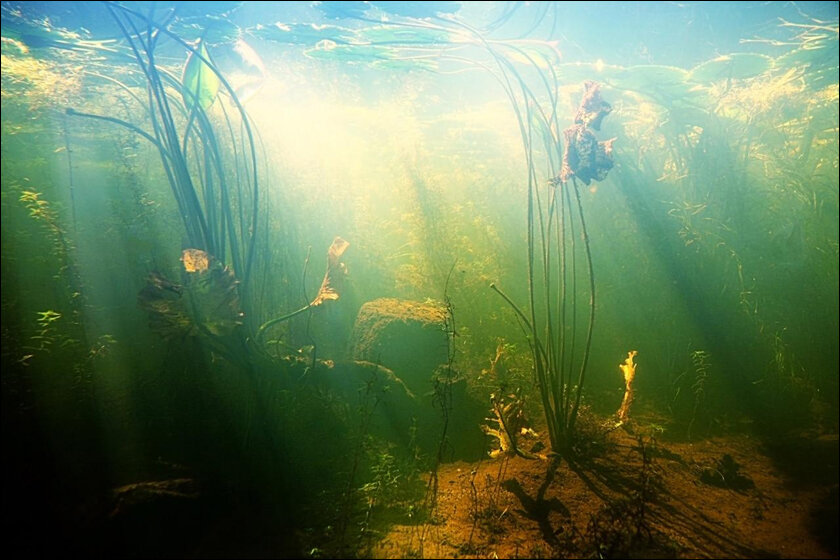
THE MIRACLE IN THE UNIVERSITY POND:
Some scientists at the Earlham Institute in England, were looking to test their DNA sequencing pipeline that can even work with very small amounts of DNA e.g. in a single cell. Where would you find a place with a collection of single-cell organisms? The answer was – water bodies. So, they went looking for a decent pond to collect water samples to analyse genomic sequences of microorganisms in it. They got together with scholars at the University of Oxford and scooped some from a freshwater pond at the Oxford University Parks. All they hoped for was to test their sequencing pipeline to be a success and nothing more.
But when these scientists – led by Dr Jamie McGowan – a postdoctoral scientist at Earlham, analysed the sequence of one of the microorganisms – a protist – isolated from this water, they were stunned. This protist, they named Oligohymenophorea sp. PL0344 whose findings were reported here – “turned out to be a novel species with an unlikely change in how its DNA is translated into proteins”.
Protists are unique organisms that belong to an extremely variable group. They are neither animal, plant nor fungus, live in water and include as diverse beings as single-cell amoebas and algae (perfect for testing the company’s DNA sequencing pipeline) to larger, multicellular protists like slime moulds, red algae and kelp. Dr McGowan, in a release by Earlham Institute, said, “Some are more closely related to animals, some more closely related to plants. There are hunters and prey, parasites and hosts, swimmers and sitters, and there are those with varied diets while others photosynthesise. Basically, we can make very few generalisations.”
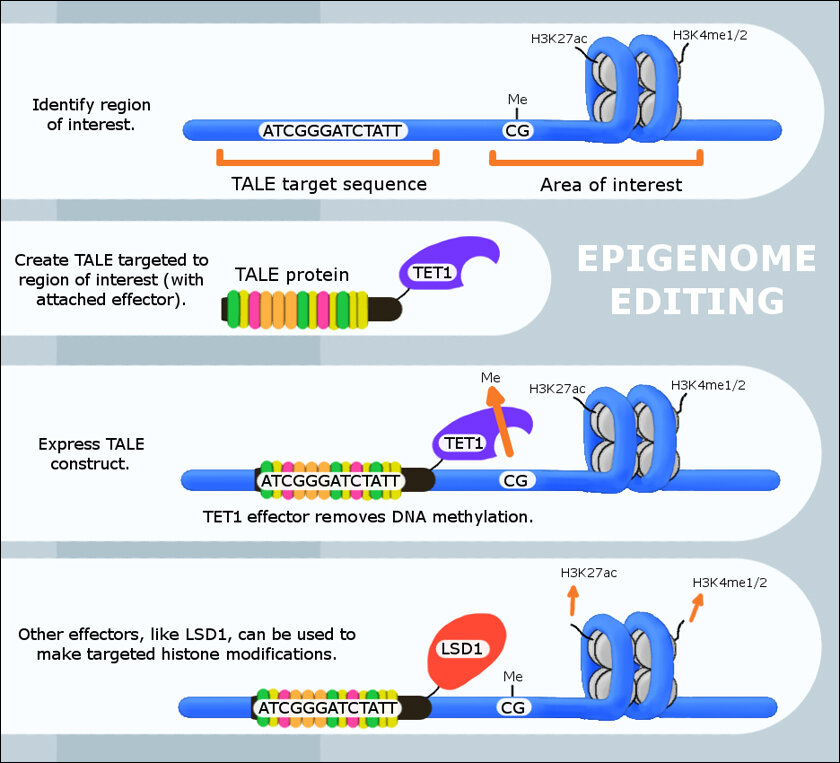
(Image Credit: Wikipedia)
Oligohymenophorea sp. PL0344, which they sequenced, is a ciliate named so for their hair-like organelles called cilia. These are swimming protists that can be seen with a microscope and found almost anywhere there is water. Now ciliate, mostly being unicellular, are primed for genetic code changes including the stop codons TAA, TAG and TGA, all of which are used to signal the end of a gene translation process. Think of it crudely like a full stop to signify the end of a sentence. Because of this, variation in this genetic code is extremely rare, with TAA and TAG almost always having the same translation in a gene. “In almost every other case we know of, TAA and TAG change in tandem,” explained Dr McGowan.
Not so in Oligohymenophorea sp. PL0344, where only TGA functions as a stop codon and the other two i.e., TAA and TAG specify lysine and glutamic acid respectively. “This is extremely unusual,” Dr McGowan said, “We’re not aware of any other case where these stop codons are linked to two different amino acids. It breaks some of the rules we thought we knew about gene translation – these two codons were thought to be coupled.”
Scientists often try to engineer new types of genetic codes that can do different things. But to discover something that is already out there like in this case, stunned them. This upends a lot of what we know about how genes operate and opens up the world for further surprises that can not only upend the field but also shock us beyond our understanding of genetics.
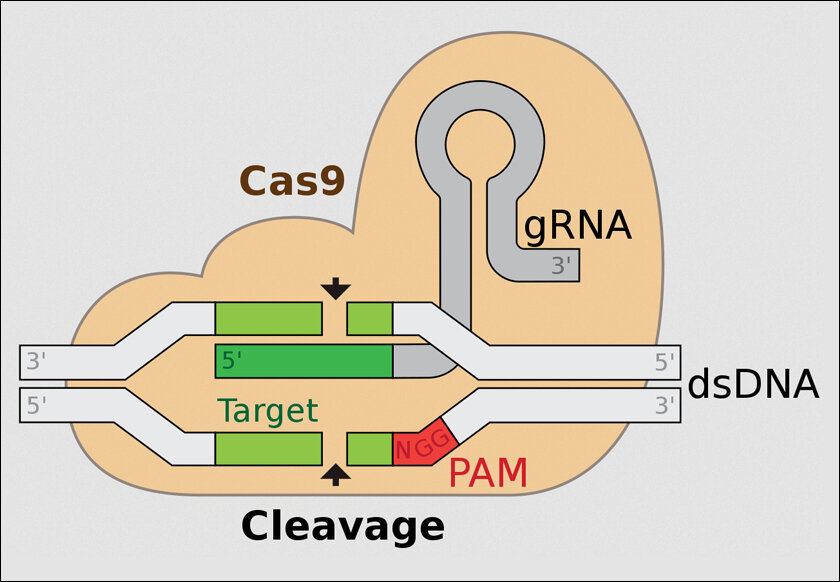
THE UNFOLDING GENETIC REVOLUTION:
Genetics as a field of study, began expanding nearly four decades ago. Thanks to genomic sequencing, we know a lot about DNA – the blueprint for life on earth. Hence, for something like this to happen, for such an anomaly to pop up literally from the woodwork is both exciting and humbling. Dr McGowan said: “It’s sheer luck we chose this protist to test our sequencing pipeline, and it just shows what’s out there, highlighting just how little we know about the genetics of protists.”
Though Dr McGowan talks about just protists, the truth is genetics is so new a subject, we haven’t even begun scratching the surface of something that we think is as big as a football, but might actually turn up to be the size of the moon. And what the scientists are calling an anomaly, might not be so if we only keep looking. Our entire idea of how genes work to build this veritable festival of life on Earth might radically be altered by it.
Think about it. The Human Genome Project which began in 1990, announced that they had completed the first human genome sequencing in 2003. Momentous as it was, the job wasn’t yet complete because there were still gaps in the sequencing and repetitive regions that were too confusing. It took almost two more decades and advancements in technology to fill the gaps as scientists finally announced its final completion in May 2021 and published the first end-to-end human genome in March 2022.
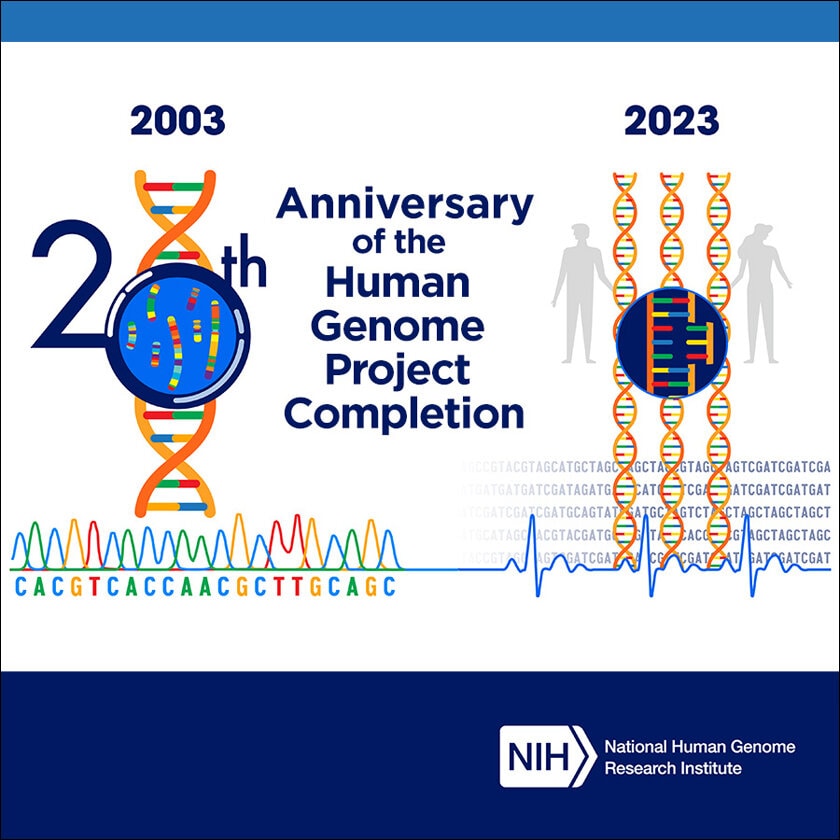
Let’s try and put this in perspective. Humans are one species on a planet teeming with life. Scientists estimate there are 8.7 million species of plants and animals on Earth today. From this, only about 1.2 million species have been identified and described in about 11,000 years of human civilisation and language. These are mostly the species with big bodies like animals, birds, trees, insects etc. This means there are still millions of species we have no clue about. And over and beyond this, let us not forget how many millions, perhaps billions of other species have existed on this planet since the first organism emerged from the primordial soup and which have since gone extinct. Their genetic remains are sometimes found in fossils and other excavations and explorations.
Out of these billions of species that have ever existed, and 8.7 million that exist today, we have genetically sequenced just over 3,000, including us humans and now this Oligohymenophorea sp. PL0344. Now you understand the veracity of what we think might be a football turning out to be a moon analogy I made earlier. We are at a point in genetics, which is merely the start. So much so that a DNA sequencing pipeline scoops up random water from a university pond and discovers a new species whose DNA does something so strange, it can change our understanding of genetics.
Imagine what the genetic sequencing of all the 8.7 million current species, and whatever’s left of the billions of extinct species, can teach us?
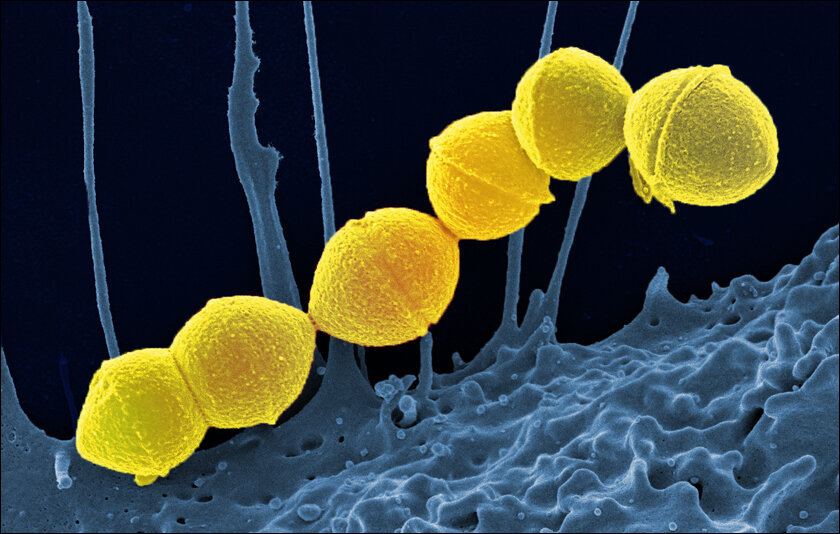
THE IMPORTANCE OF PRESERVING THE PLANET:
The gene-editing tool CRISPR that changed everything not just in genetics but the world, was discovered when yoghurt researcher Rodolphe Barrangou, in 2005, discovered that the bacteria streptococcus thermophilus he used in his company to ferment yoghurt, edits genes. The way this bacterium did it, would become the technology that came to be known as CRISPR.
CRISPR, and examples like this Oxford pond ciliate, become important arguments in favour of saving the various species on the planet. Elon Musk thinks the planet needs more humans and urges people to produce more kids. What this means is more destruction of the ecology, and biodiversity and the extinction of thousands, if not millions of other species on the planet. Brazil’s last president Jair Bolsonaro allowed the burning of Amazonian forests so farming could be done on them. We have no clue how many species – small, microscopic and sometimes even large – went extinct due to this. In a fair world, Mr. Bolsonaro would have been accused of multiple Xenocide i.e. genocide of species which is worse than genocide. You can punish those like Hitler. But there’s no punishment to match the crimes committed by those like Mr. Bolsonaro.
The genetic code of every species is a treasure trove of knowledge. It is perhaps the most important information we can and should want to know as a species who wants to ‘live long and prosper’. Genes are literally the programmes for life. Studying them will not only help us cure incurable diseases, but help us live to unimaginable ages, perhaps even 200. This genetic information would be invaluable in taking life everywhere in the universe, from even the hot Venus and cold Uranus to the furthest corners of our galaxy.
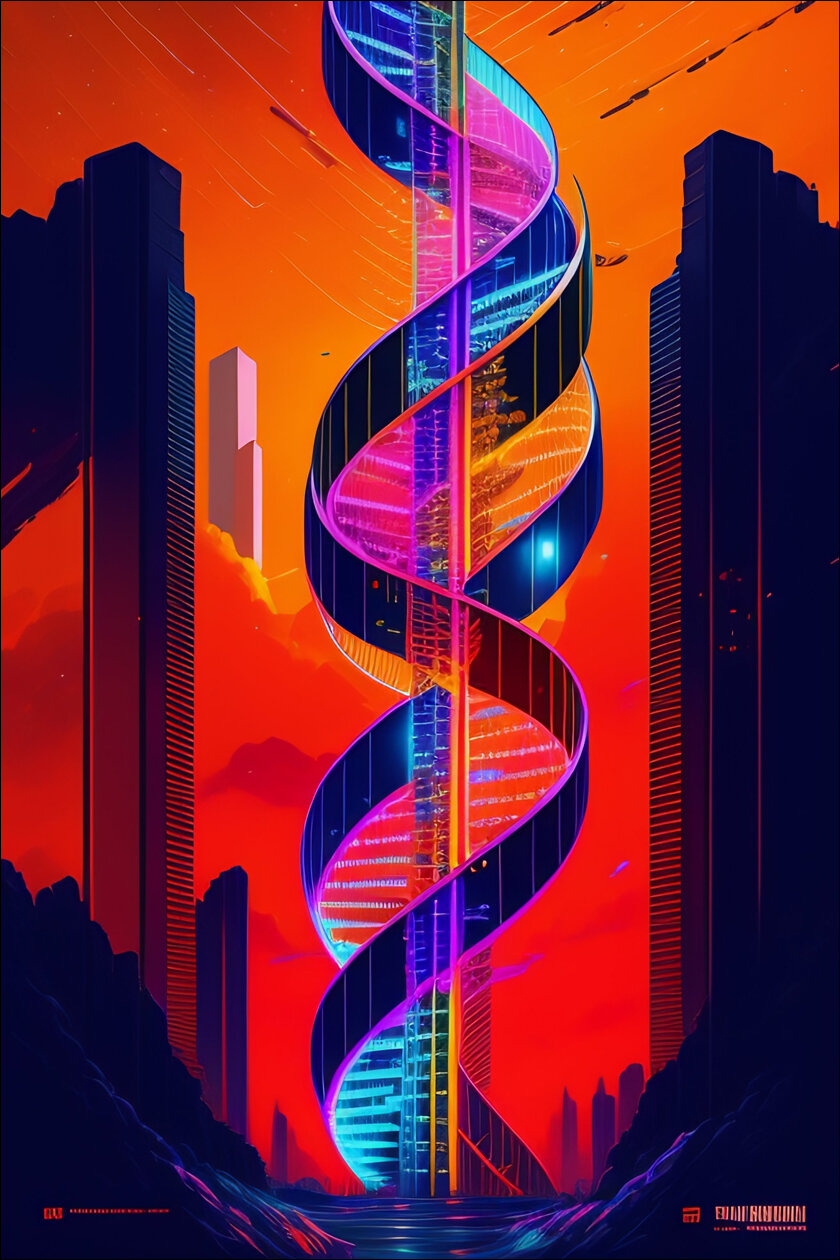
And that’s not all, as I wrote in Sify earlier, DNA-based computing could be the future of our digital world. Today an audio cassette sized contraption called a hard disk can store many terabytes of data. But this can’t even begin to compare with DNA which in one cubic centimeter can store 10 trillion DNA molecules that are good enough to hold 10 terabytes of data. Though as a civilization we are overtly focused on computing, the future belongs to genetics.
DNA is the greatest source of information in the world. It is information inside the DNA, that makes the articulation of every other source of information possible. DNA is the key to everything in the universe. There are secrets locked inside the genetic sequences of species both extinct and alive, that could transform not just the Earth, but the entire universe, forever.
Hence, the next time you go skinny dipping on any water body – especially those in a university, don’t forget to bring a small vial of the water back for your geneticist friends to analyse. Who knows, you could unwittingly – if you haven’t yet been able to do it wittingly – change the world by discovering a new species.
In case you missed:
- The Most Revolutionary Treatment Ever Just Became Available to You
- We are in the age of pollution: digital, genetic, cultural, artistic
- 2023 Developments That’ll Alter Your Future Forever
- Cryptobiosis – Humanity’s hope in climate crisis, space travel?
- Artificial Leaves Fight Climate Change, Become Future of Energy
- Truth about aliens amidst us: literal & philosophical
- Is DNA-based Computing the Future of Our Digital World?
- Want to live 150 years? Digital biology will soon crack it
- Mathematics – Basis of Everything, Everywhere in the Universe
- In-pocket Nuclear Batteries Threaten to Change World Order

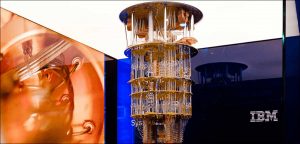

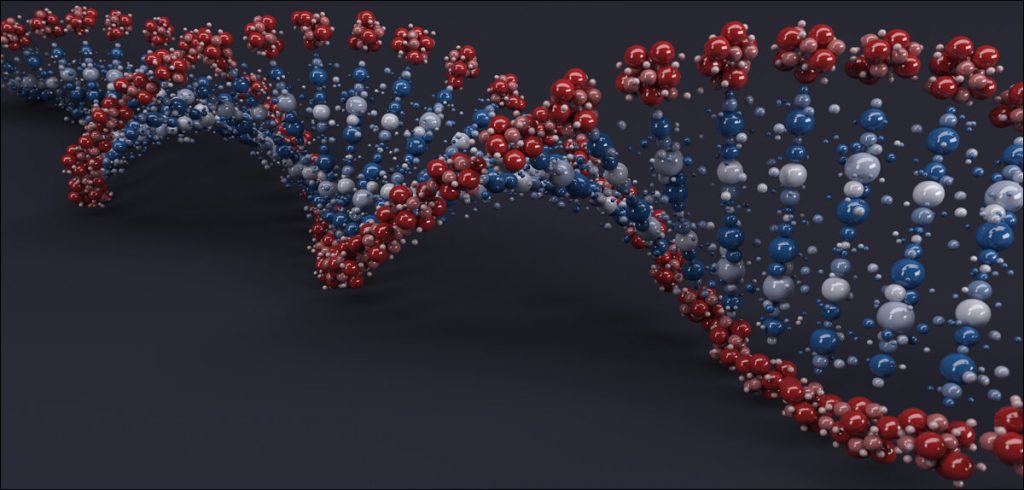

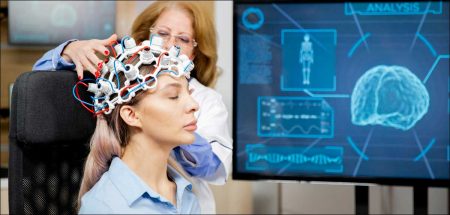



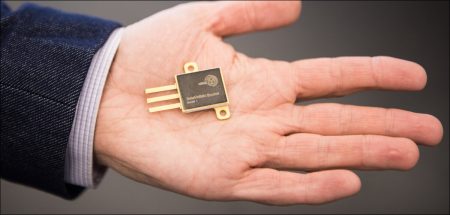
1 Comment
Cloud computing is a transformative technology that allows businesses and individuals to access and utilize a wide range of computing resources over the internet. Its scalability and cost-efficiency have revolutionized IT operations and data storage, making it an integral part of modern digital infrastructure.